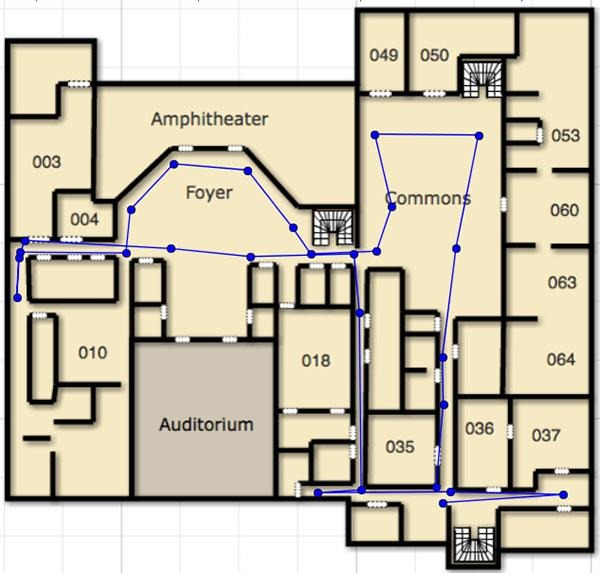The founder of WiFiSlam — an indoor positioning tech company Apple bought in 2013 — has left Apple after staying four years with the iPhone maker, a report said on Wednesday.
Joseph Huang will become the CEO of StartX, the startup accelerator that initially helped launch WiFiSlam, according to TechCrunch. He will replace Cameron Teitelman, who is shifting into a chairman position.
Initially a startup accelerator primarily serving Stanford University students, StartX has since expanded and current sessions average equal parts serial entrepreneurs, growth-stage startups and early-stage founders. StartX has helped more than 400 Stanford companies get off the ground, and those firms have raised an average of $5.1 million in capital, collectively representing $7.5 billion in market capitalization.
Since its creation in 2013, the Stanford-StartX Fund has invested $110 million across 340 investments in 225 companies.
"When I reflect on my time at Stanford, I always remember that the greatest TAs were the ones that had taken the course themselves. I hope to bring that same perspective into leading StartX forward," Huang said in a statement sent to AppleInsider. "The towering strength of StartX's non-profit design is it can be truly 'Founders First', unlike traditional organizations that offer to add value to founders — including many that limit themselves to early-stage first-time founders, presumably because that's the most profitable opportunity."
Since joining Apple, Huang has maintained some involvement with StartX, serving as a mentor and advisor. The organization has traditionally focused on helping Stanford students and alumni get companies off the ground, but is now helping some companies further into their evolution.
Apple bought WiFiSlam for $20 million in 2013. The latter company's goal was to develop ways of finding a person's position using Wi-Fi, dealing with the inherent reception and accuracy problems GPS has inside buildings.
It's not clear to what extent, if any, Apple has incorporated WiFiSlam's technology in its products. Most of Apple's mapping efforts in the past four years have been focused on general accuracy and coverage, particularly in restoring and expanding public transit directions. In iOS 10.1, though, Apple did introduce better maps for railway and subway stations in Japan, making it easier to figure out how to get in and out.
In December 2016 a report said that Apple is working to support navigation in public buildings such as airports and museums. That technology is expected to arrive later this year at the earliest, possibly combining a mix of data sources including Wi-Fi, Bluetooth, GPS, and air pressure.
 Roger Fingas
Roger Fingas







-m.jpg)






 Christine McKee
Christine McKee
 Charles Martin
Charles Martin
 Mike Wuerthele
Mike Wuerthele
 Marko Zivkovic
Marko Zivkovic
 Malcolm Owen
Malcolm Owen


 William Gallagher
William Gallagher

-m.jpg)






7 Comments
Who cares? Most of these startup founders do very little within their startups. The guy's resume is a 4 month contract after 4 month contract type of employee. He lists WiFiSlam as a current employee. We know that's bs. What little he did was in algorithm work. BFD.
I assume the guy made himself a big enough pile of cash so that he can screw around for the rest of his life doing whatever.
isn't the assisted gps of apple watch based on the similar principle of wifi slam?
my iPhone regularly prompts me to activate wi-fi to improve location-accuracy. I leave it off because I have a huge data plan and 4G is much faster than the wi-fi at work and generally around town. Is this anything to do with WiFiSlam integration?